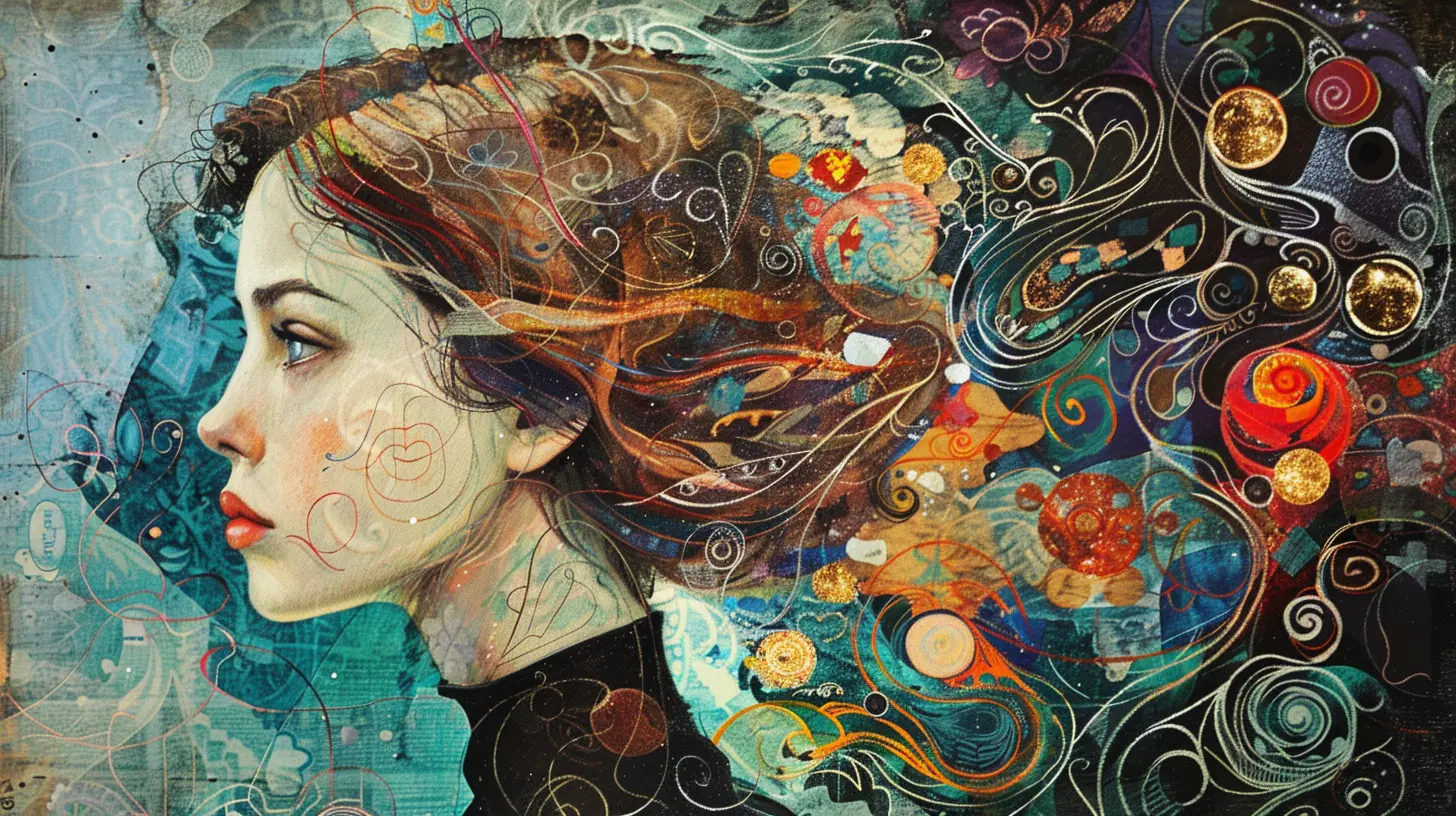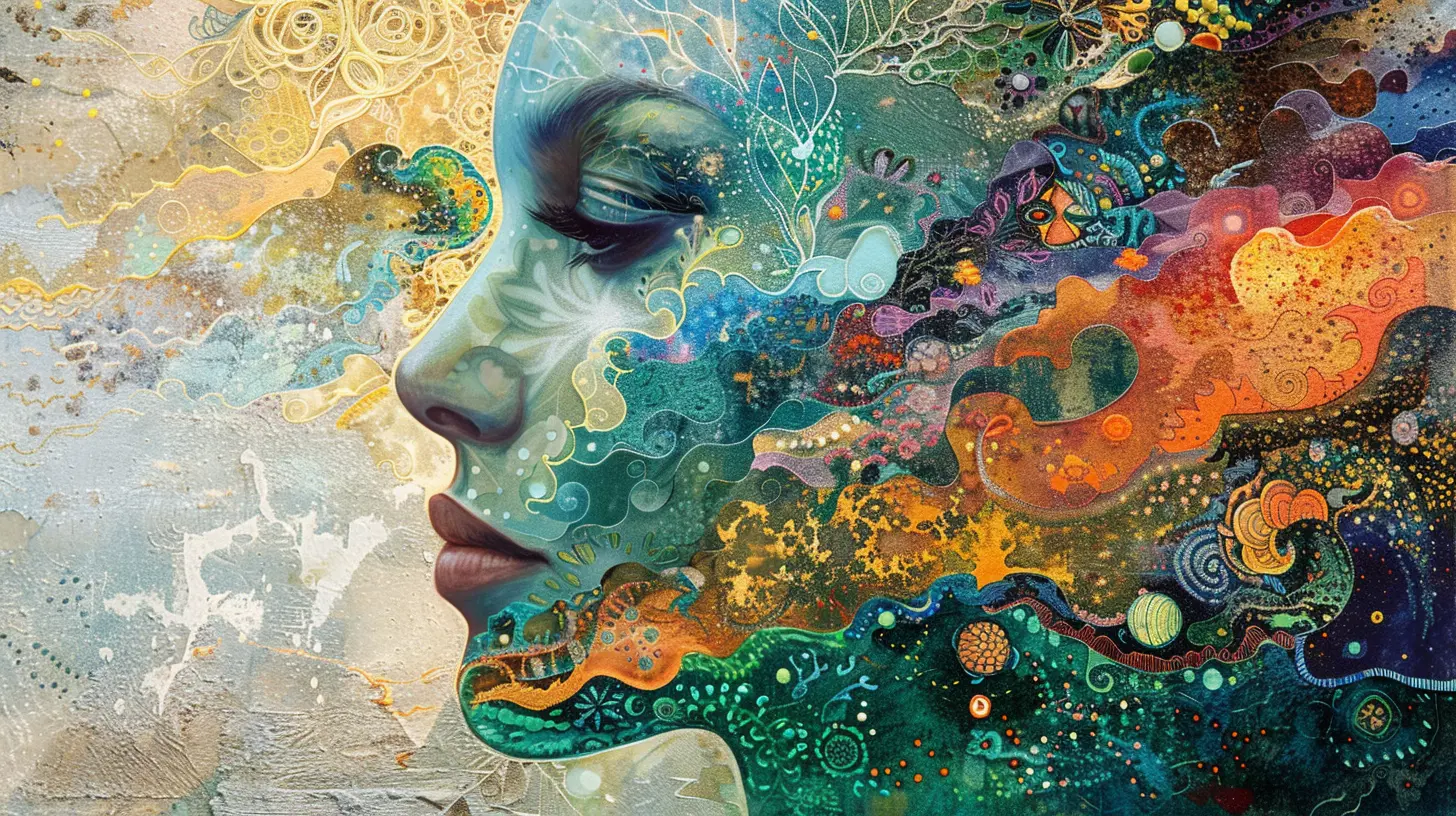The Feminine in Psychoanalysis: From Freud to Contemporary Perspectives
4 April 2025
Introduction
What does it mean to be "feminine"? This question has puzzled thinkers for centuries, but it took on a whole new life with the emergence of psychoanalysis. Sigmund Freud, the father of psychoanalysis, had some pretty controversial theories about femininity. His ideas set the stage for decades of debate, reinterpretation, and revision by later psychoanalysts.
From Freud’s infamous "penis envy" to contemporary feminist critiques, the concept of the feminine in psychoanalysis has evolved significantly. In this article, we’ll take a deep dive into the journey of femininity in psychoanalytic thought—from its earliest conceptions to modern understandings. 
Freud and the Question of Femininity
Freud’s Early Views
Freud believed that psychological development was largely shaped by early childhood experiences and biological drives. His Oedipus complex theory, which describes a child's unconscious sexual desire for the opposite-sex parent, had a major influence on his understanding of femininity.According to Freud, little girls experience "penis envy" when they realize they don’t have the same anatomy as boys. He suggested that this realization led to feelings of inferiority and a shift in identification—from their mother to their father. Women, he claimed, resolved this envy by eventually adopting a more passive, nurturing role, often leading to a desire for motherhood.
The Problem with Freud’s View
Freud's theories on femininity have been widely criticized. For one, his emphasis on biological determinism—linking gender identity to anatomy—ignores social and cultural factors. His portrayal of women as incomplete men also didn’t sit well with many psychologists, particularly female analysts who had lived experience as women.Was Freud simply a man of his time, constrained by Victorian thinking, or was he truly onto something? His ideas might have been flawed, but they opened the door for deeper conversations about the psychology of femininity. 
Carl Jung and the Anima
Carl Jung, one of Freud’s most well-known students (and later, his critic), had a different take on femininity. He introduced the concept of the anima—the feminine aspect within a man’s unconscious mind.Jung argued that every person has both masculine and feminine psychological traits. In men, the anima represents their emotional, intuitive, and receptive side. He believed that integrating this feminine side was essential for psychological wholeness.
For Jung, femininity wasn’t about lacking a penis or envying men—it was about qualities like intuition, empathy, and creative expression. This was a big step away from Freud's biological determinism. 
Karen Horney: Challenging Freud’s "Penis Envy"
Karen Horney, a neo-Freudian psychoanalyst, took direct aim at Freud’s concept of penis envy. She argued that rather than envying male anatomy, women were frustrated by the social, political, and economic disadvantages imposed on them in a patriarchal society.Horney suggested that if anything, some men might experience what she called "womb envy"—a subconscious envy of women’s ability to create life. She saw gender identity as shaped more by social and cultural influences than by anatomy alone.
Her ideas helped shift psychoanalytic discussions from biology to social structures, paving the way for later feminist critiques of Freud. 
Lacan and the Symbolic Order
Jacques Lacan, a French psychoanalyst, brought a linguistic and structuralist perspective to Freud’s ideas. He argued that femininity isn’t something innate but rather something shaped by language and culture.Lacan introduced the idea that our identities are formed within the Symbolic Order—the world of language, social norms, and meanings. According to him, femininity exists in relation to how society defines it. He suggested that women are positioned as "the Other" in language and culture—always defined in contrast to men.
Lacan’s work added a new layer of complexity: femininity wasn’t just about biology or socialization but about the very way we construct meaning in the world.
Feminist Psychoanalysis: A New Perspective
Julia Kristeva and the Semiotic
Julia Kristeva, a post-Lacanian psychoanalyst, moved the discussion forward by introducing the concept of the semiotic—a pre-linguistic, emotional realm associated with femininity and the maternal. She argued that traditional psychoanalytic theories placed too much emphasis on the symbolic (language and structure) while overlooking the emotional, bodily dimension of human experience.Kristeva’s work opened up new ways of thinking about feminine identity—not as something fixed, but as dynamic and fluid.
Luce Irigaray and Female Subjectivity
Luce Irigaray, another feminist psychoanalyst, was highly critical of male-dominated psychoanalytic thought. She argued that traditional theories treated women as "the Other," defined only in relation to men.Irigaray suggested that femininity had been historically suppressed and that psychoanalysis needed to recognize women's unique ways of thinking, speaking, and experiencing the world. She called for the development of a truly female-centered psychoanalysis—one that wasn’t just a reaction to male theories but created space for women to define their own identity.
Contemporary Perspectives on Femininity in Psychoanalysis
Gender Fluidity and Queer Theory
In recent decades, psychoanalysis has increasingly engaged with ideas from gender studies and queer theory. The rigid distinctions between "masculine" and "feminine" have been challenged, with many theorists arguing that gender identity is more fluid than earlier psychoanalytic frameworks allowed.Figures like Judith Butler have argued that gender isn’t something we "are" but something we perform—a set of behaviors and roles shaped by society. This perspective has influenced psychoanalytic thought, encouraging a broader, more inclusive understanding of femininity beyond the binary.
The Role of Intersectionality
Intersectional approaches to psychoanalysis recognize that femininity isn’t a single, universal experience. A white, upper-class woman experiences femininity very differently from a working-class Black woman, for example.By incorporating insights from race, class, and sexuality studies, modern psychoanalysis seeks to understand how multiple factors shape a person’s experience of gender.
Conclusion
From Freud’s controversial theories to contemporary feminist and queer reinterpretations, psychoanalysis has come a long way in its understanding of femininity. While early theorists often viewed femininity through a lens of deficiency or difference, later thinkers have emphasized the richness, fluidity, and complexity of gender identity.The question of what it means to be feminine is still evolving. As our social and scientific understanding of gender continues to grow, psychoanalysis has the opportunity to expand its perspectives even further. What was once a rigid, binary concept is now open to interpretation, adaptation, and new ways of thinking. And that, perhaps, is the most exciting part.
all images in this post were generated using AI tools
Category:
PsychoanalysisAuthor:

Eliana Burton
Discussion
rate this article
5 comments
Zephyrwind Torres
Thank you for this insightful article! I appreciate how it highlights the evolution of feminine perspectives in psychoanalysis. It's enlightening to see how contemporary approaches continue to challenge and expand Freud's foundational ideas, fostering a more inclusive understanding of psychological experiences.
April 11, 2025 at 2:34 PM

Eliana Burton
Thank you for your kind words! I’m glad you found the article insightful and appreciate its focus on the evolution of feminine perspectives in psychoanalysis.
Kairo Hunter
Such an insightful journey through femininity in psychoanalysis! Love it!
April 7, 2025 at 3:48 PM

Eliana Burton
Thank you so much! I'm glad you found it insightful!
Noah Hall
This article boldly challenges outdated views, showcasing how the feminine has evolved in psychoanalysis. Embracing diverse perspectives is essential for true psychological understanding and progress. Let's break the mold!
April 6, 2025 at 2:49 AM

Eliana Burton
Thank you for your insightful comment! I completely agree that embracing diverse perspectives is crucial for advancing our understanding of the feminine in psychoanalysis. Let's continue to challenge outdated views together!
Troy McWilliams
Exploring the feminine in psychoanalysis opens doors to deeper understanding and empowerment in therapy!
April 4, 2025 at 4:26 PM

Eliana Burton
Thank you for your insightful comment! Indeed, exploring the feminine enriches our understanding and enhances therapeutic empowerment.
Kassidy McClure
What a fascinating exploration of femininity in psychoanalysis! It's intriguing to see how perceptions have evolved from Freud's era to today. This article highlights the importance of understanding these perspectives in modern therapy. Looking forward to more insights on this topic!
April 4, 2025 at 3:03 AM

Eliana Burton
Thank you for your thoughtful comment! I'm glad you found the exploration of femininity in psychoanalysis intriguing. I appreciate your interest and look forward to sharing more insights in the future!




